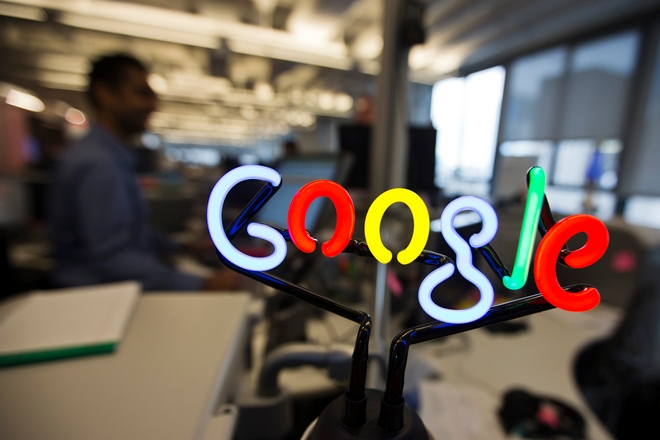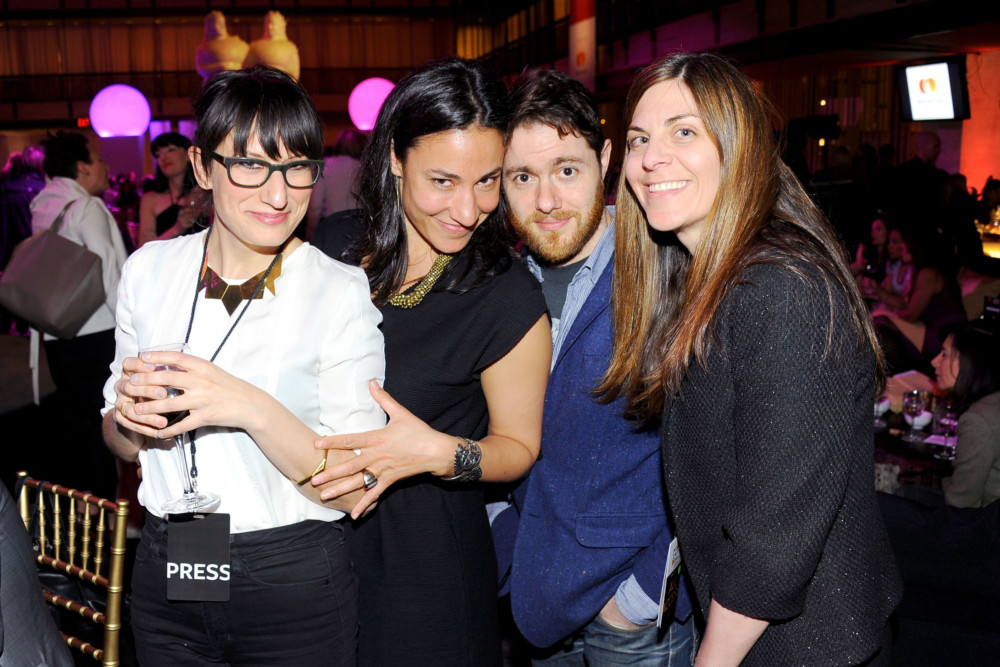EDITORIAL: Women’s work
The Miami Herald
We all know that life is unfair, but there is one particularly galling inequity that really shouldn’t exist any longer. But exist it does, to the shame of the corporate and government employers of this country. That would be the gender pay gap.
Women still don’t earn as much pay as men in the same jobs, but at least the outlook is better than it was 30 years ago, says a report released in December by the Pew Research Center.
The Pew study found that women under 32 now make 93 percent of what young men earn, up from just 67 percent in 1980. Among all age groups of workers, the median hourly wage for women last year was 84 percent as much as men — $14.90 for women as opposed to men’s $17.79 — up from 64 percent in 1980.
The study found that the pay advantage for women under 32 today stems from their education level — that particular age group of women has higher rates of college completion than their male equals.
Still, as women in the workplace grow older their pay rate doesn’t increase as rapidly as men’s — in part, at least, because many women take time off or reduce work hours to raise families. Later in life women are most often the ones who take time off to care for a relative, as well.
Other causes of the pay gap for older female workers, according to the Pew study, are the usual suspects: gender stereotyping, discrimination, weaker professional networks and women’s hesitancy to be as aggressive as their male counterparts about pushing for raises and promotions. All these factors together may account for 20 to 40 percent of the pay gap, says Pew.
The gaps have huge consequences over a woman’s lifetime. Earning less throughout her career means she spends less, which is bad for the economy in general. Earning less will also bring in less income for her retirement — and chances are she will outlive her male counterpart in the bargain. Meaning no bargain at all.
Lower pay also hurts single mothers and their children during their growing-up years, when families need money the most.
About 75 percent of younger female working professionals in business and government believe that the country has to do more to bring about equality in the workplace, the study reports. These women can look up and see that glass ceiling still very firmly in place, unfortunately.
Yes, more women have moved into executive suites and boardrooms in the last two decades, like the recent appointment of Mary Barra as the first woman to head General Motors — called a true landmark event by many.
Women make up half of the nation’s workforce in business and government, and the number of women in managerial and administrative occupation is close to that of men — 15 percent for women to 17 percent for men.
However, women hold just 4.5 percent of Fortune 1,000 CEO positions, according to the Pew report.
That’s a clear indictment of both the business and government sectors, suggesting that true gender equality in the workplace still gets more lip service than demonstrative action.
Someday, the appointment of a woman to head an auto manufacturing company will be regarded as interesting but not exceptional. Just as someday the country will elect its first female president.
But at the rate women’s pay has risen over the last 30 years and the paucity of women CEOs on Fortune’s list today, a female president is much likelier to happen before Ford’s next CEO is a woman.
















































































































































































































































































































































































